With the loss of their natural habitat, more wildlife is entering urban settings. Some of this wildlife are predators of poultry. Common predators that feed on poultry flocks include the following mammals, reptiles, and birds:
IDENTIFICATION OF THE PROBLEM PREDATOR
Preventing predators from accessing your flock is the most effective long-term protection strategy. Of course, this tactic is easier said than done. The kind of animal that is preying on your birds must be identified in order to create an exclusion strategy.
The state in which your flock is found often indicates the type of predator involved.
- If there are no other indications of disturbance and adult birds are missing, the predator is most likely a dog, coyote, fox, bobcat, hawk, or owl. An adult chicken can usually be killed, picked up, and carried off by these predators. Usually, owls take chickens at night, while hawks take them during the day.
- If there are no other indications of disturbance and the chicks go missing, a snake, rat, raccoon, or house cat could be the culprit. Because they can’t swallow certain parts, these predators occasionally leave some feathers and wings strewn about the area.
- A weasel may have attacked the flock if the birds are dead but not eaten and have parts that are still attached. Often the chickens bodies are bloodied. Also, you might notice that internal organs have been eaten.
- If birds are dead and not eaten, but only have their heads missing, then a raccoon, hawk, or owl could be the predator. Raccoons occasionally manage to get a bird’s head stuck in an enclosure’s wires, after which they can only consume the head and leave the rest of the body behind. Additionally, raccoons may cooperate, with one luring the chickens to the far end of a pen while the other plucks their heads off.
- If birds are injured but not dead, there could be a number of predators responsible. If all of the birds exhibit bite marks, the flock may have been attacked by a dog. Dogs’ teeth aren’t sharp enough to properly eat animals. If the injuries are on the young birds’ legs or breasts, an opossum could be the cause. Rats have frequently preyed on the flock when young birds have bites on their hocks. If birds are bitten and exhibit symptoms such as having their intestines removed through their cloacae, either the attacker belongs to the weasel family or there is a possibility of cannibalism within the flock.
- A number of predators, such as skunks, snakes, rats, opossums, raccoons, blue jays, and crows, could be to blame if eggs are absent.
You might be able to spot signs of a mammal predator in addition to assessing your flock’s health. Place talc powder or fine sand around the area to make it easier to see tracks, and then search for them the next day. You can identify a predator with the help of the s of tracks displayed in the following section of this article.
It can be useful to learn more about the behaviors of different animals in order to comprehend how and why they attack poultry flocks. Understanding the behavior of predators gives you background information that you can use to recognize and deal with potential threats to your flock.

Free-running domestic dogs in a neighborhood can pose a threat to flocks of chickens. They often kill simply for the fun of it. Dogs are descended from wolves and still possess some of their wolf-derived hunting instincts. Not all dogs will attack a poultry flock. Indeed, some breeds make excellent flock guard dogs. The breed of the dog, the presence of other dogs, and the dog’s prior experiences are all factors that increase the risk that the dog will attack a flock. Certain breeds are more likely than others to pursue prey. The presence of other dogs can intensify this tendency, which frequently leads to pack behavior. Also, a dog is more likely to attack a flock of chickens again if it has previously been successful in doing so in order to obtain food.
Coyotes typically hunt in pairs, though occasionally large groups have been spotted traveling together. Although they are mainly nocturnalactive at nightcoyotes are frequently spotted during the day. They were formerly diurnal, or active during the day, but as a result of adaptation to human pressure on their habitat, they have evolved more nocturnal behaviors.

The bobcat, the most prevalent wildcat in the US, is only roughly twice as large as a typical house cat. Like cats, bobcats can see in low light. They will attack at any time of day, although they prefer to hunt in the twilight hours of dawn and dusk. They can easily steal one or two hens from your flock. A bobcat has the ability to consume an entire bird during one meal or transport the remains. Although they prefer wooded areas, bobcats will occasionally enter backyards in pursuit of prey, particularly when housing encroaches on their natural habitat.
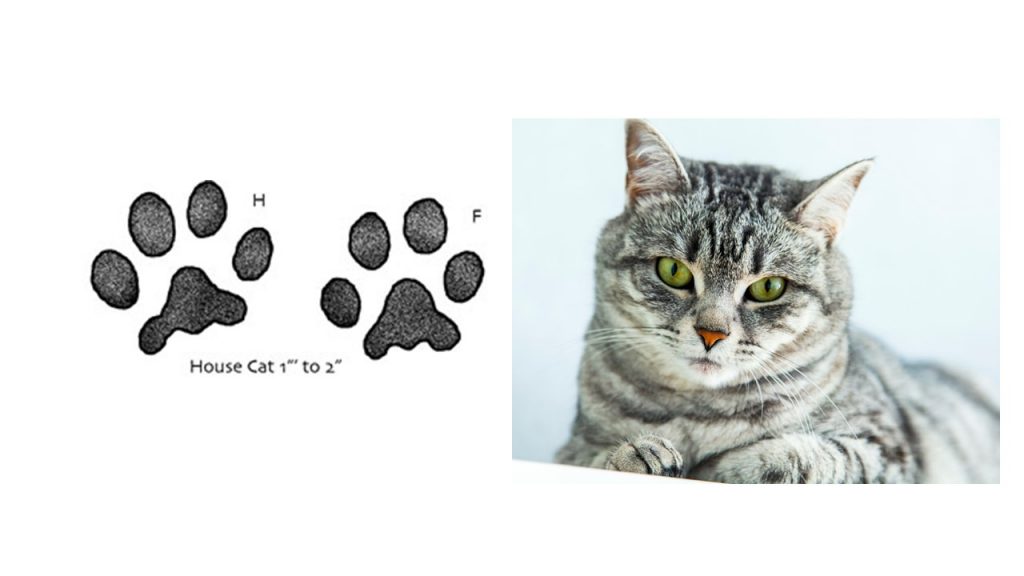
Even if well-fed, domestic cats will kill young birds. Cats are messy eaters, frequently leaving bits of their meal in plain sight after they’ve finished it. Usually, they consume the meaty parts of the bird and discard the skin that still has feathers attached. Cats, however, frequently eat the entire bird when it’s smaller, leaving only the wings and a few scattered feathers. Furthermore, cats typically leave their teeth marks on any exposed prey bone that they consume.
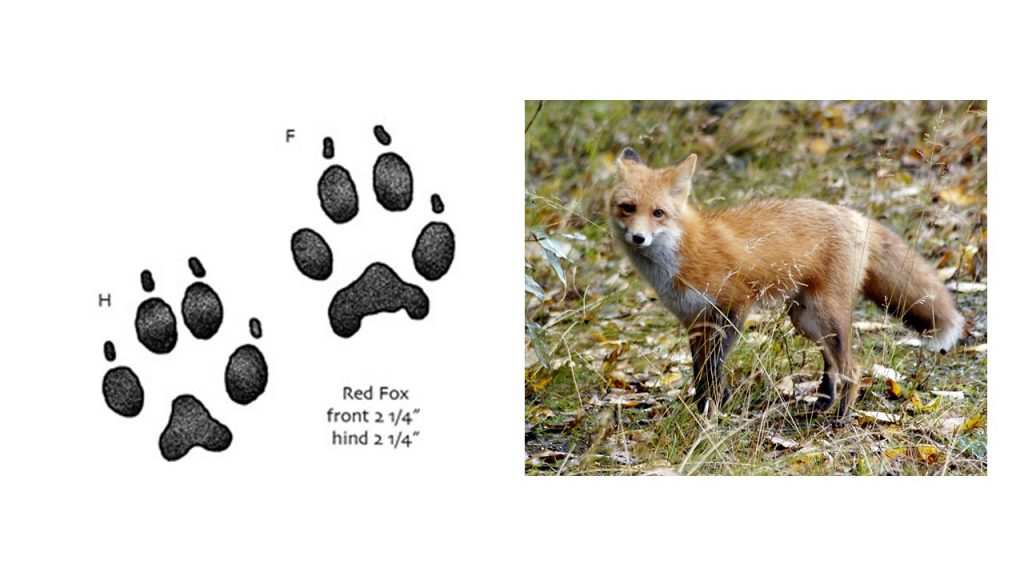
Foxes, red foxes in particular, prey on poultry flocks. Although they typically bite a bird in the throat, foxes can also kill a bird by repeatedly biting its neck and back. Typically, the only signs of a fox being in the hen house are a few feathers and drops of blood. The dead bird is taken by the fox, usually to its den. Foxes also eat eggs. They typically leave the eggshells next to the nest and crack open the eggs just enough to lick out the contents. The majority of foxes are found in wooded regions and open plains, where they excavate dens. They sometimes use hollow logs for dens. As the only foxes that can climb trees with ease, gray foxes can make their dens in tree cavities.

Raccoons break into chicken barns and steal multiple birds in a single night. They frequently rip, chew, and occasionally consume the innards of birds. To get at the eggs, they may take them out of the nest and carry them away, usually within 9 meters (28 feet) of the nest, for consumption. Raccoons are drawn to urban areas by the abundance of food that garbage cans and dumps can provide. After settling down, raccoons will look for alternative food sources, such as flocks of chickens raised in backyards.

It has been said that the least weasel is the smallest predator alive. It has short limbs, a long neck, a narrow head, and a slender body. The tail makes up a large portion of the least weasel’s 165 to 205 millimeters (6-1/2 to 8 inches) of length, despite its small weight of only 30 to 55 grams (1 to 2 ounces). They are seldom seen and rarely trapped. They don’t hibernate; instead, they are active day and night, summer and winter. A Least Weasel bites its victim in the base of the skull after encircling its body and limbs around it. Lesser weasels can fit through apertures as tiny as 1/4 of an inch in diameter. Consequently, they typically can get through chicken wire. Weasels are voracious eaters because they need to consume four times their body weight in food every day.
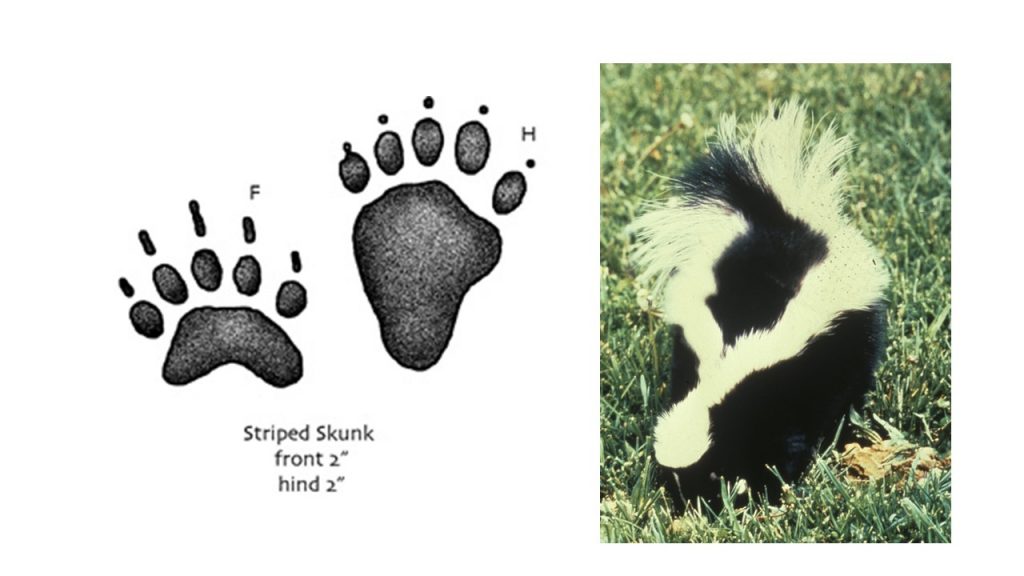
Skunks do not kill many adult birds. When a skunk attacks a flock, it usually only kills one or two birds and severely mauls the others. Also, skunks love eggs. A skunk typically cracks open an egg at one end and uses its nose to lick the contents out of the hole. A skunk’s meal may give the impression that the eggs have hatched, but the edges of the openings are crushed. Eggs from a nest may be taken by a skunk, but they are rarely carried more than one meter (3 feet) away.

Being omnivores, opossums consume a wide variety of foods, including eggs, fish, birds, mushrooms, fruits, and vegetables. An opossum will typically kill one bird at a time during a raid on a poultry house, frequently mauling its prey. It chews the shells into tiny pieces, which it then leaves in the nest, resulting in mashed and messy eggs. Typically, opossums start eating adult poultry at the cloacal opening. They devour the young fowl whole, usually leaving behind only a few damp feathers.
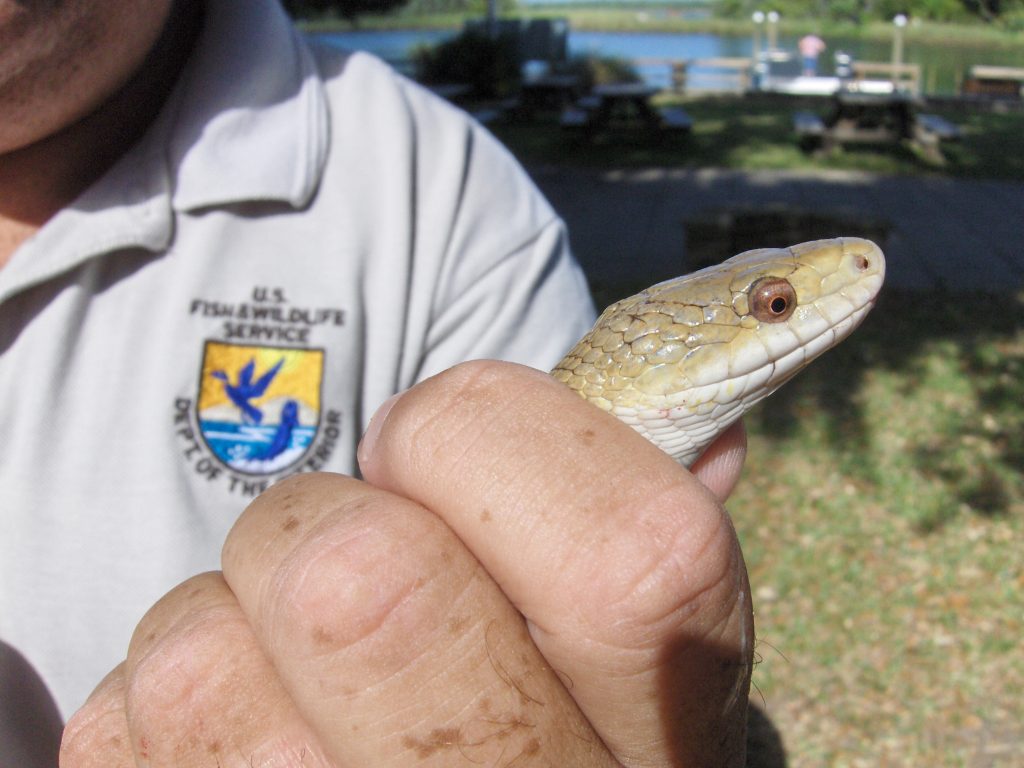
Identifying snake predation can be challenging since snakes consume their prey whole. Since a snake, for instance, can consume an egg whole, the only indication of an invasion is a missing egg. In contrast to raccoons and skunks, which usually leave shells behind after consuming eggs, snakes do not usually leave behind any evidence of their egg-eating activity. It is well known that rat snakes consume eggs and young chicks (those under one month old). The size of the snake determines the size of the hole required to reach a flock. Furthermore, a snake needs to be able to get into the enclosure and then get out after consuming its meal. Predation damage is typically not caused by snakes that can fit through openings that are 1/4 of an inch in diameter or less.
The three most prevalent hawk species that prey on chicken flocks are Cooper’s, Red-tailed, and Red-shouldered hawks. Hawks typically take their prey during the day. Their eyesight is extremely sharp, and they search for prey from high perches. A hawk’s talons are used to swoop down and latch onto its prey, often killing it instantly. A hawk may take a juvenile or bantam bird and consume it somewhere else, leaving no trace of its meal other than the bird’s absence. When a hawk consumes a bird in its natural habitat, it usually targets the breast, neatly plucking the feathers. Feathers with meat clinging to their tips could be a sign that a hawk was feeding on a dead bird that had died for some other reason rather than killing the bird.

Red-tailed hawks can be found in a variety of environments, such as parks, woodlands, farm fields, grasslands, scrub deserts, and pastures. They need an open hunting area with several scattered perches. One of the three species that are occasionally called “chicken hawks” is the red-tailed hawk, though it hardly ever feeds on typical-sized chickens.

Red-shouldered hawks live in forests and swamps. They may store food near their nest to eat later. Red-shouldered hawks will consume chicken if the chance presents itself, even though they typically prey on rodents and other small mammals. They sometimes are referred to as hen hawks.
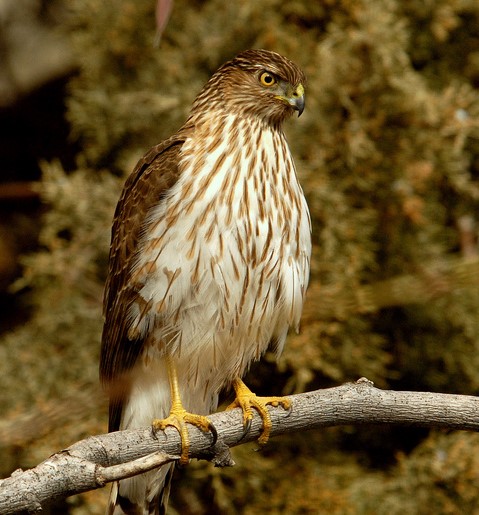
Because of their excellent flying ability, Cooper’s hawks favor living in mixed and deciduous forests.
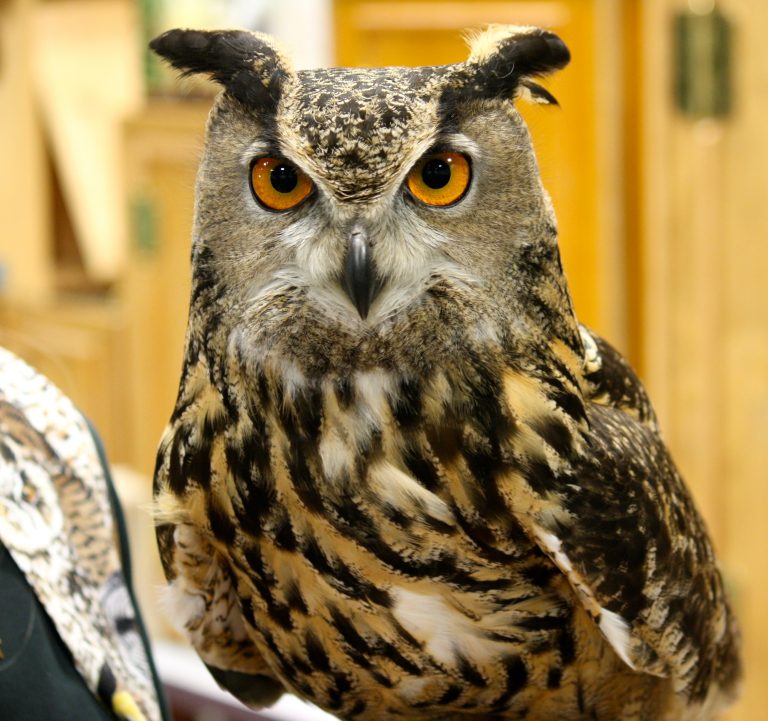
The great horned owl is the owl that preys on poultry flocks the most frequently. Barn owls and screech owls typically do not cause problems for flocks of poultry. Because they are more active at night, owls usually prey on birds during that time. The great horned owl inhabits a variety of environments, including grasslands, open fields, and coastlines. A wide variety of animals, including chickens, ducks, and other poultry, are consumed by great horned owls.
ACTIONS TO PREVENT PREDATION
After determining which predators are posing a threat to your flock, you can take measures to deter their attacks. These could be altering the enclosure of a flock, making changes to the surrounding habitat, employing a guard dog, or contacting wildlife services for assistance.
Mumsnet uses affiliate marketing links, which means that if you purchase anything after clicking on one of our posts, we might receive a tiny commission (full disclosure here).
Yes, my cat used to only eat the heads of animals, including squirrels, mice, rats, and baby rabbits (but not their ears). It’s because the remainder is a gift from them to you.
Thats good, in a way, to know.. thank you! Ive been hunting for the head, picturing a Godfather type scenario when I go to bed tonight. I wish hed put a bit more thought into his presents  Poor birds, and other unfortunate creatures
Poor birds, and other unfortunate creatures
One of our previous cats used to eat everything except the beak and feet  vom
vom
Came home today to the delightful gift of a headless bird in my bedroom. A few feathers around the place, but no blood or anything. Ive looked everywhere and havent found head. How likely is it that its been eaten and not hidden somewhere?  (not envy!)
(not envy!)
FAQ
Why do cats take the heads off birds?
What eats the heads off birds?
Do cats eat bird beaks?
Can a bird survive a cat bite?